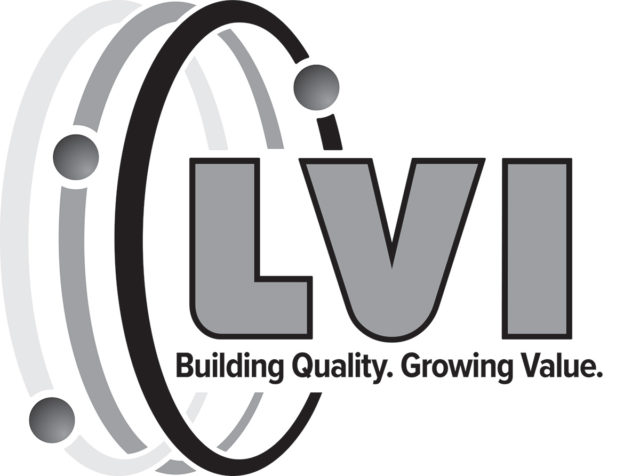In some parts of the U.S., digesters are a four-letter word. I’ve heard about the good, the bad and the unsure outcomes from installing them. Few have been installed without some type of seed money invested or partnership created to set them up.
I’m not going to debate the science that they work, because they can. But I think producers are still suspicious of their use. In many ways, they are a black box or dome or whatever other shape they come in.
In this issue, we’re launching a new feature about digesters. I hope that it will help dairymen better understand what can be expected from installing one and how they have worked for others. The feature includes the nuts and bolts about how digesters fit into a dairy’s overall manure management system and the byproducts that are being harvested from them.
Enough regions of the country have been exposed to digester experiments that the timing is right for this feature. We’ll find different-sized operations, in different climates, with experience installing and operating a digester to feature in the future. According to the EPA’s AgStar program , as of September, we should have 138 candidates to call on.
Recently, seven dairymen with digesters spoke of their experiences operating them. ( Click here to read more.) The panel discussion was one of the better attended seminars at World Dairy Expo, which I believe is evidence of the industry’s interest in digesters, which ranges from cautious intrigue to flat-out skepticism.
I recently read an article about a dairy digester installation where the producer quoted one of the first sales pitches he received: “87 percent of methane digesters installed fail within the first 10 years.” I believe it is this statistic that scares off some dairies.
Digesters are another fermentation production unit for a dairy. But it’s a completely different unit than the ruminating cows they are used to dealing with. I can understand why some would question installing a digester: Why start trying to produce something new that I have no experience with (i.e., biogas) and for which there is an unsure consumer market (i.e., green/renewable energy)?
The elephant in the room is that without more consumer interest in renewable energy, digesters can be downright difficult to make profitable because selling power to utility companies is not easy to arrange, or even profitable sometimes. Although some in the dairy industry may see potential in digesters, not enough other industries do too.
Hopefully, the examples shared in this feature section will provide insight from dairies who have figured out a good answer to that question. We may even find a producer who will talk about a failed installation. That would be a most interesting read.
One of the many other articles in this issue suggests that well before a producer considers producing their own energy, they ensure their dairy is energy-efficient. ( Click here to read about a new website that helps producers find financial assistance for energy audits and efficiency upgrades.)
Overall, I think it’s OK for a producer to be skeptical of green energy and sustainability. (One former DMI board member and now board member for the Innovation Center for U.S. Dairy was suspicious once too. Click here to read of his change of heart.)
Due diligence must be used to evaluate “sustainable” opportunities on their merits to contribute to the bottom line in today’s economic situation.
The yardstick for measuring sustainability success will be different throughout the country. There is no one catch-all sustainability template, at least not yet. And that is why, I believe, the concept is still slow to catch on – much like digesters. PD

-
Walt Cooley
- Editor-in-chief
- Progressive Dairyman
- Email Walt Cooley





